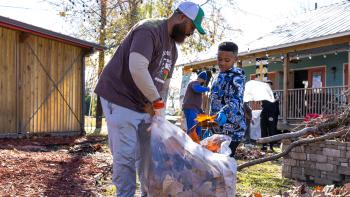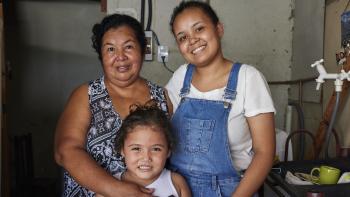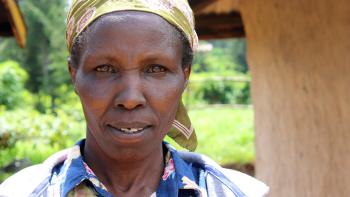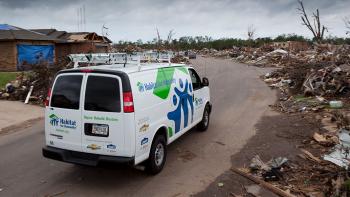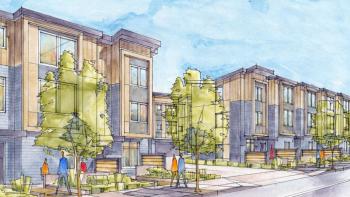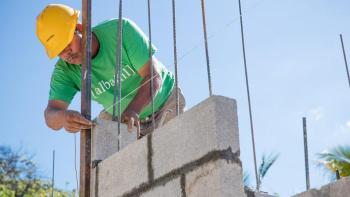
Our work
How families partner with Habitat
Habitat for Humanity is a movement of people in your local area and around the world, working together to build more prosperous and vibrant communities by making sure everyone has a safe, affordable place to call home.
Since our founding in 1976 as a Christian organization, together we have helped more than 62 million people in countries around the world build their futures on their own terms through access to decent housing. We’ve done that by working alongside people of all walks of life to:
- Build, repair and finance their homes.
- Innovate new ways of building and financing.
- Advocate for policies that make constructing and accessing housing easier for everyone.
Together, we build homes, communities and hope.
Read our capacity statements for some of the countries we work in and learn about our specific areas of programming and expertise in various sectors, from land tenure security and disaster response to microfinance and water, sanitation and hygiene, or WASH.
Interested in learning more about our work?
Subscribe to our monthly newsletter to get our latest news, volunteer opportunities, DIY tips and other ways to get involved with Habitat for Humanity.
Donate monthly
Your support makes our work possible. Families who partner with us build their own homes alongside volunteers, pay an affordable mortgage and are grateful for your help.


